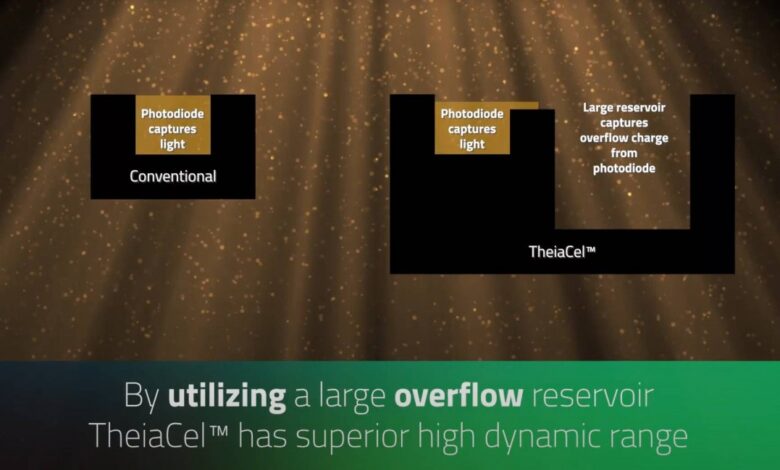LOFIC Sensors Poised to Dominate Image Sensor Market by 2026.

Industry reports suggest that Lateral Overflow Integration Capacitor (LOFIC) image sensors are poised for increased adoption within the smartphone and broader imaging sectors. Information disseminated by Digital Chat Station (DCS) indicates a forthcoming expansion in the utilization of this technology.
A collaborative venture between OmniVision and vivo is expected to yield tangible results in the near future, although specific product designations have not been disclosed. Concurrent developments are underway at other image sensor manufacturers, who are also actively pursuing LOFIC-based designs.
LOFIC technology incorporates a capacitor that efficiently manages charge exceeding the full well capacity of the photodiode. This capability facilitates advancements such as single-exposure High Dynamic Range (HDR) imaging and extended exposure durations.
The OV50K, an OmniVision LOFIC sensor, is currently deployed within the Honor Magic6 Ultimate smartphone. However, the anticipated expansion signifies a shift towards broader market integration. OmniVision has also introduced the OV50X, a 1-inch sensor capable of capturing 8K HDR video, indicating ongoing innovation within the LOFIC framework.

DCS sources indicate that Sony is planning to unveil a 1/1.3-inch LOFIC sensor towards the end of 2026, potentially identified as the LYT-838. Samsung is preparing a LOFIC design for late 2026 or early 2027, purportedly a 200MP 1/1.1-inch sensor designated as “ISOCELL HPA.” Furthermore, Apple is reportedly developing an in-house LOFIC sensor, targeting a 100MP resolution, with a projected release timeframe of 2027 or 2028.
Beyond consumer electronics, LOFIC technology is also being adapted for automotive applications. The extended exposure capabilities of these sensors offer a solution to mitigate LED flicker, a prevalent issue in modern vehicles due to widespread LED integration in headlights and road signage. An informative video from OmniVision further elucidates the advantages of this technology.
Source (in Chinese) | Via





